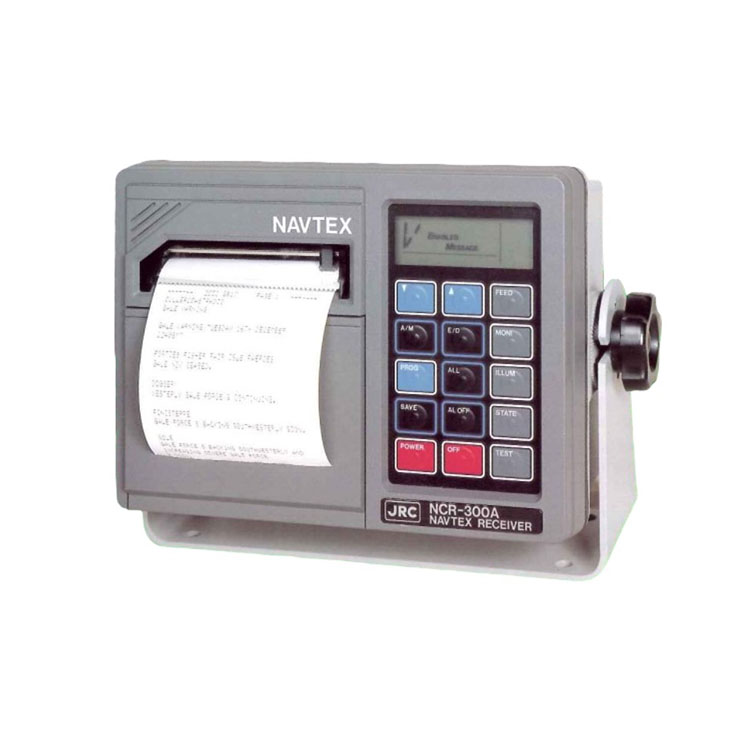How Can a Navtex Receiver Enhance Maritime Safety and Keep Mariners Informed at Sea?
2025-02-25
For anyone navigating the open waters, staying updated with real-time weather forecasts, navigational warnings, and emergency alerts is crucial. A Navtex receiver plays a vital role in maritime safety by providing automatic, reliable, and up-to-date information directly to ships. Used by commercial vessels, fishing boats, and recreational sailors alike, this device ensures mariners are well-prepared for changing sea conditions and potential hazards. But how exactly does a Navtex receiver work, and why is it an essential tool for safe and efficient maritime operations?
What Is a Navtex Receiver and How Does It Work?
A Navtex receiver is a navigational text-messaging system that automatically receives and displays critical maritime information. It operates on 518 kHz (international English messages) and 490 kHz (national language messages), broadcasting updates from coastal stations worldwide. The receiver continuously collects and stores these transmissions, ensuring mariners have access to important details without needing manual intervention.
What Key Information Does a Navtex Receiver Provide?
1. Weather Forecasts and Warnings
One of the primary functions of a Navtex receiver is to provide weather updates, including storm warnings, sea conditions, and wind speed forecasts. This allows sailors to plan their routes accordingly and avoid dangerous conditions.
2. Navigational Warnings
The system alerts vessels to obstacles such as floating debris, wreckages, shifting sandbanks, and changes in buoy positions, helping mariners navigate safely.
3. Maritime Safety Information (MSI)
Ships receive essential updates on search and rescue operations, pirate activity reports, and other emergency alerts that could impact their voyage.
4. Operational Notices for Ports and Coastal Areas
Ships entering harbors or passing through coastal areas receive updates on restricted zones, port closures, and regulatory changes, ensuring compliance with local maritime laws.
What Are the Advantages of Using a Navtex Receiver?
- Automatic and Continuous Updates – Unlike traditional radio broadcasts that require active listening, Navtex automatically stores information for mariners to read at their convenience.
- Reliable and Uninterrupted Reception – The system operates globally, ensuring ships receive alerts even in remote ocean regions.
- No Subscription Fees – Navtex services are free, making it an economical solution for maritime communication.
- Enhances Safety and Decision-Making – By providing timely information, it helps sailors avoid hazardous areas and respond to emergencies effectively.
Who Should Use a Navtex Receiver?
Navtex receivers are essential for:
- Commercial shipping vessels that require real-time safety updates.
- Fishing boats operating in unpredictable weather conditions.
- Recreational sailors and yacht owners who need a reliable navigation aid.
- Coast guards and maritime authorities responsible for monitoring sea traffic.
Conclusion
A Navtex receiver is a must-have for any vessel navigating coastal and international waters. By providing automated updates on weather, navigation hazards, and emergency alerts, it significantly enhances maritime safety and operational efficiency. Whether you are a commercial ship operator or a leisure sailor, having a Navtex receiver onboard ensures you stay informed and prepared for any situation at sea. Are you ready to improve your maritime safety with the latest in Navtex technology?



